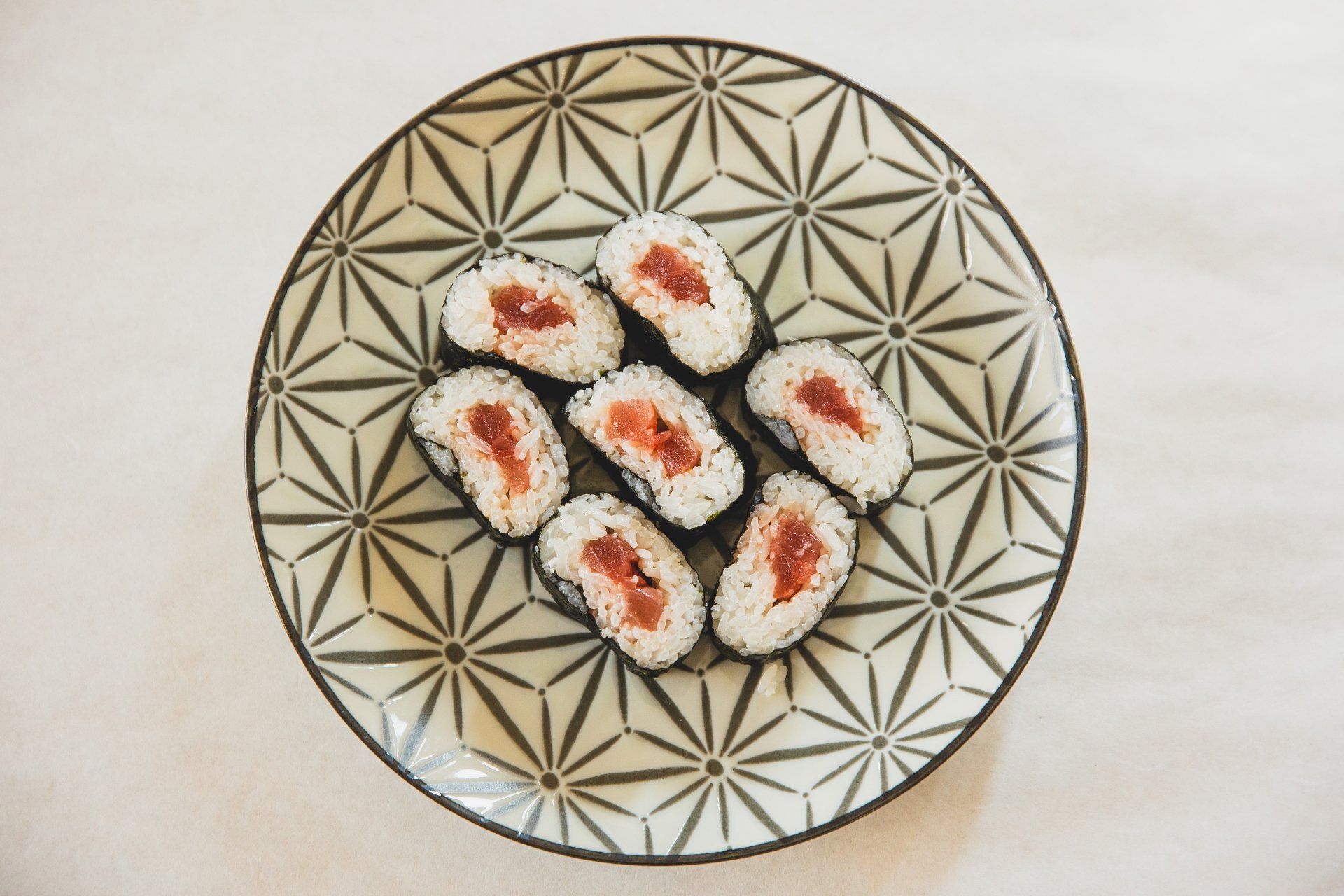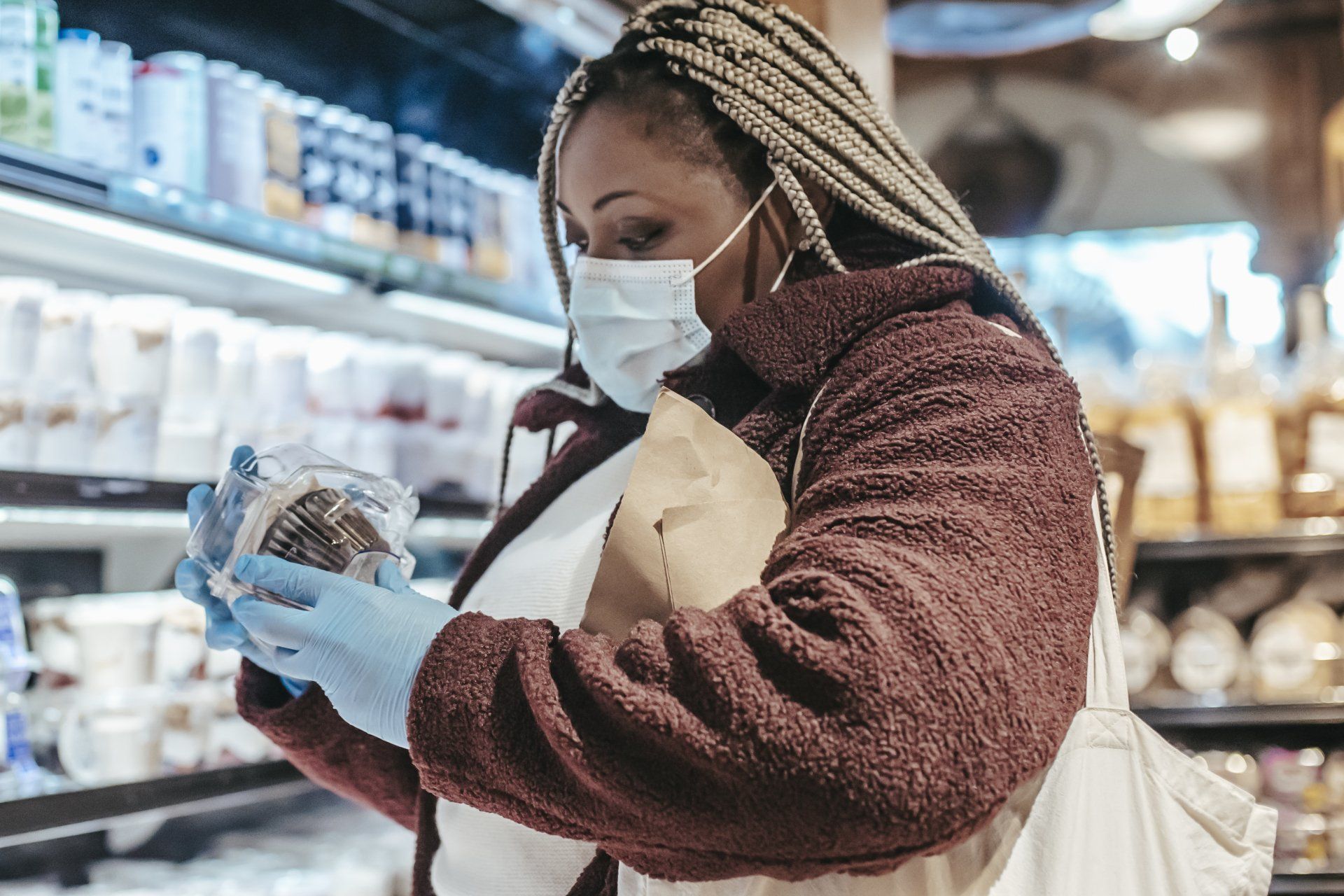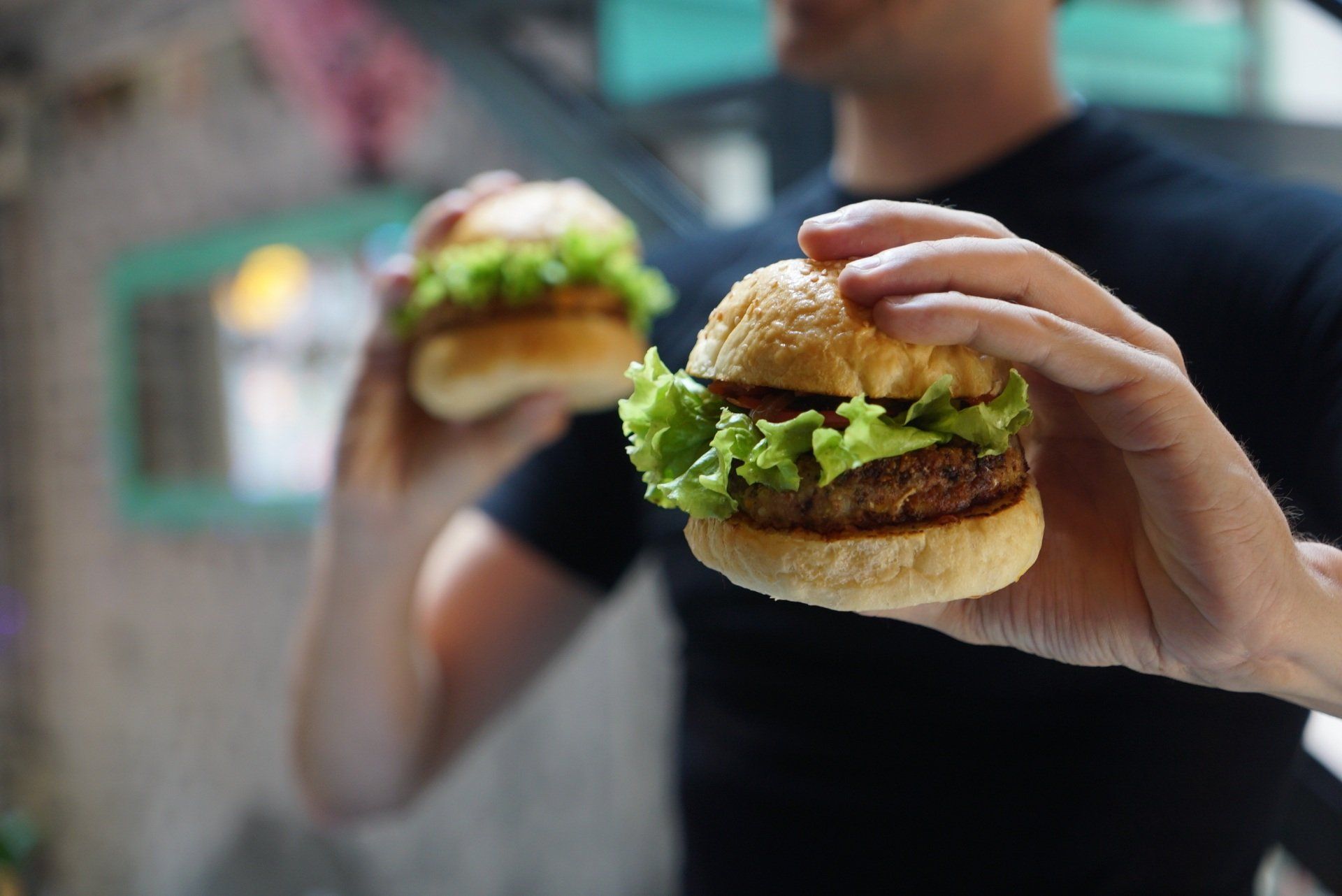HOW TO EAT LESS FOOD
Today, we’re going to fool the brain into eating less and feeling fuller.
Like any good con artist, we’re going to start by exploiting the brain’s trust. Not in us, but in the way it processes visual information. As discussed earlier, the brain has some truly breathtaking blind spots ripe for exploitation.
Let me give you an example. I can pour about 20% less of your favorite cereal into a bowl and make you think it’s about the same portion you usually eat. You won’t feel cheated; you won’t feel robbed. In fact, you will feel as full as you normally do.
To understand how this is possible we turn to psychophysicist Joseph Delboeuf. He experimented on an optico-geometric illusion that later became known as the Delboeuf Illusion.
The discovery was simple: The perception of size is context-dependent. It can only be perceived in relation to its surroundings. Change the surroundings and you change the perception of the object’s size.
In other words, you can make a painting look bigger by hanging it on a cramped wall. You can make a handful of flowers look like a full bouquet by putting them in a tiny vase.
And you can make a decreased portion of cereal look big by serving it in a smaller bowl.
How To Start Eating Less
Yes, I poured your cereal into a smaller bowl. Because it was overly full and brimming with sugary goodness, your brain overestimated the amount in it.
Okay, it’s easy to see how the visual fooled the brain, but what fooled it into thinking it was full?
The answer is two-fold. First, satiety is subjective. It’s a mental construct, a moving target influenced by internal and external sensory data, expectations, beliefs, and experiences.
Tips On How To Eat Less
Whatever environmental factor the brain uses to calculate its predictions is a candidate for manipulation. For example, one study showed the brain can be fooled by simply putting the wrong label on a food.
Calling the same portion “small” (rather than “medium” or “large”) will result in a perception of smaller size, greater consumption and, get this, less perceived consumption.
Let’s say eating three eggs makes you full. If satiety were objective then two eggs should leave you hungry and four should make you feel stuffed.
But they won’t. Not if you can trick your brain into thinking it’s eating an incorrect number of eggs. In one especially clever study showing how satiety is influenced by belief, breakfast was served on two different occasions.
On the first occasion, participants were told they were eating a two-egg omelette. In the second, they were told it was a four-egg omelette. However, every omelette contained three eggs.
The result? Participants who believed they had eaten a smaller breakfast, reported feeling hungry after only 2 hours.
They also ate more for lunch and had a larger calorie intake throughout the day than when they thought they’d had a larger breakfast.
Ahh, the brain. Not the brightest tool in the skull, is it?
How To Eat Less Food And Not Be Hungry
Now, how can we, as con artists, get the brain to believe it’s eating a larger portion than it actually is? We can’t use the power of suggestion as researchers in the egg experiment did. It is exceedingly difficult to get the brain to respond to our own entreaties.
Instead, we can use something far more powerful—the brain’s absolute confidence in what it sees, even when it’s factually incorrect. As you’re about to read, the brain gives the visual cortex a mystifying autocratic power.
All Rise For The Visual Cortex
Sight has an enormous influence on appetite. If you have a sweet tooth and I show you a bar of chocolate you might salivate. But what if it was shaped like feces?
Your stomach might turn. Why? Because the brain uses visuals to form beliefs. And now its beliefs are closer to caca than cocoa.
Imagine drinking fresh milk. Now imagine it with a harmless green dye. Would you drink it? Probably not. Why? Because the brain believes what it sees. And what it sees is closer to algae than milk.
In a classic experiment, French researchers used an odorless dye to color a white wine red and asked a panel of wine experts their opinion of it.
Would they fall for it? Would these highly trained connoisseurs with exquisitely sensitive taste and olfactory senses know they were actually drinking white wine?
No. Their eyes convinced them they were drinking red wine. What they saw formed a belief which then formed their experience.
Back To Your Cereal Bowl.
Clearly, when it comes to food, seeing is believing. So when your brain saw how much fuller the bowl was with the cereal I poured, it believed you were eating a larger portion.
This belief sent messages down the brain-gut pathway, triggering the sensors in your stomach to stretch the gastric walls, signaling fullness. It also triggered the fat cells in your adipose tissue to prematurely release leptin, the cell-signalling hormone associated with satiety.
This is how the Delboeuf Illusion works to fool your brain into eating smaller portions without feeling deprived. It manipulates the brain’s context-dependency to create a belief-forming visual. The body then aligns itself with this fact-addled belief and pronounces itself full.
Awareness Doesn’t Change The Belief.
But surely awareness kills the illusion, no? NO. As you’ll see in the next post, awareness of the illusion changes nothing.










